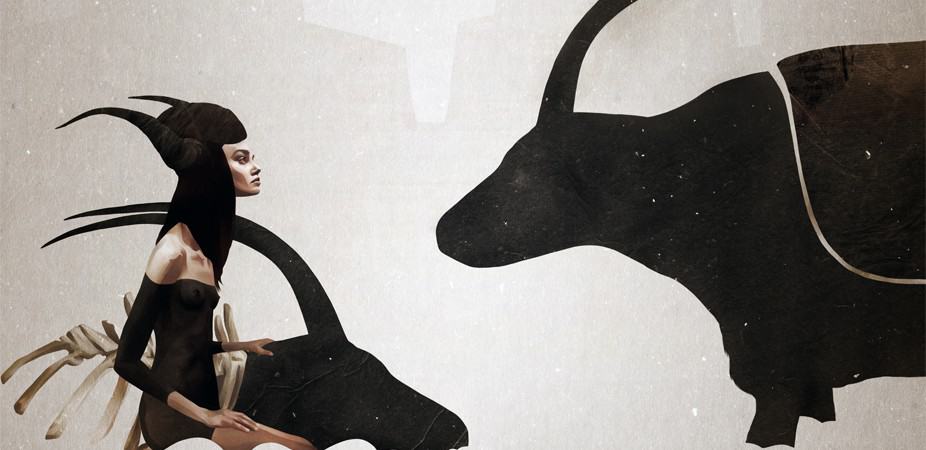
The portraits of artist Ruben Ireland hang like depictions of unknown saints. Heroes from a forgotten folklore. Ireland shows women as mystics — clean and crisp in an epic state of calm.
His subjects stand stoic, unknowing of the stranger with the paintbrush. These are characters of fantasy, warriors fresh off of a battlefield, strangely in the artist’s studio.
Ireland’s compositions are direct, full of an invented iconography of his own design. His canvases shift in texture, from slick digital color to slate and stone, felt and leather. In taking in the extent of his work as a whole, you see an artist aware and in full control of his skills.
There are no missteps. Ireland’s work is simply graceful.
CJ: I responded right away to the distinct portrait aspect of your work – the women you capture have this mysteriously stoic quality to them. They remind me of the first photographs of the Eskimos in Alaska that were taken in the early 1900s. Totally alien to the modern world.
‘Hold On’ is an absolutely stunning piece – you have this way of creating these beautifully bold portraits of these young women, girls, that have a sense of both maturity and innocence.
There’s a stark beauty to your women – like strange warriors pulled from the field for a portrait. Ritualistic headdresses specific to some unknown fantasy you’ve created. Were portraits always the main focus of your work? What drew you that subject?
RI: Portraiture was actually something I tried to avoid during College and University, for hope of trying to explore a more narrative and stylised form of illustration. But as I began working with people just as a bit of fun on the side, I found I could find much more interesting descriptions of the ‘when, where and why’, through loaded expressions and symbolic adornments.
We can’t choose the bodies we’re in but how we choose to decorate those bodies begins to describe the world we live in, the ideas we have about ourselves, our history and our surroundings and ultimately how we feel emotionally.
I enjoy playing with those elements, drawing parallels mostly back to cultures older than our own, where I believe this type of expression might still exists in a form more connected to the universe.
You keep a very simple and powerful color palette. You get a lot out of black, white, and only a few touches of color. There’s also an interesting use of texture in your paintings. In something like ‘This City’ there’s the feeling of leather or felt, slate. Stone. It’s an inspired way of incorporating a natural feel to digital work.
Some of your early work appears to be straight traditional paintings. What was your progression from traditional to digital painting? Are paints and pencils still a part of your process?
It was a very gradual transition from wholly analog to the analog/digital hybrid that my work is now. I first became interested in the digital medium whilst scanning in handmade pictures to clean up ready for reprinting.
As I learned new techniques in Photoshop it started to shape the way I created the physical work and so a conversation between the two mediums began, which still goes on today I guess. One important thing for me is to almost always treat any digital work I do in the same way I would anything created by hand, so there’s always a human touch present.
I think this might be key in the rise in popularity and validity of the digital medium as a whole, as people are avoiding the shortcuts and special effects that became so popular a decade or more ago, when people were making art about the medium itself in a way, and instead are now putting the creative focus back on themselves, allowing for more openness towards ‘traditional’ processes in their digital work.
There’s no anger or fear in the faces of your subjects – the women may be small, but they are not weak. There’s an otherworldly quality to a piece like ‘The Mound II,’ she’s like an oracle. Stoic. Intelligent. Beautiful. What sort of reference materials are you working from, if any?
Are you working from live models or photographs? Do you have the mood and tone in set in your mind before you begin a painting?
I work in a variety of ways, sometimes using live models and sometimes creating photo-collages from found images to use as reference. I ordinarily start a work with a feeling in myself and try to reflect that into the characters I create, without trying to intellectualise the feeling or setting it in stone at the beginning.
I think this process is responsible for the multitude of emotions you describe, as I’ve had commissions where the client has been very specific about the emotion of the character, which can sometimes lead to shallow work.
Your piece ‘Kobana’ is a collaboration with artist Muxxi. It’s a total brilliant blend of your two voices. How do you approach working with another artist who has such a distinct style? Is there a goal set when starting a collaboration? Is there a reason to work with another illustrator rather than going it alone?
We didn’t have any particular goal for the piece at first, intentionally leaving the development very open for us both to have maximum creative input without feeling restricted.
By passing the image back and forth, working on different segments individually each time, we found that our styles began to blend quite naturally as a response to what each other had contributed.
The great advantage of working with another illustrator, with a very distinct style, is that it pushes you to open up to new ways of thinking and seeing. It allowed me to find a fresh perspective on my own work, as well as my process. I’m very excited to say that Muxxi and I are currently working on another collaboration.
Your portrait of Leon from ‘The Professional’ is possibly your only male subject. I’ve talked with other illustrators who mentioned they avoid men in their prints because those don’t sell as well. When starting a piece, do you consider if it will sell or not?
There are a couple of other men in my portfolio, but only as client initiated projects, ‘Leon’ was the first time I wanted to portray a male of my own volition, but my choice to mostly portray women isn’t a financial one.
Whilst I think it’s good to be aware of sales statistics, this is only to gauge popularity amongst fans. Money as a muse makes for stale creativity.
You’ve done a few portraits for film characters, but your work is predominately your own original creations. What made you want to do Mrs. Mia Wallace and the lead characters from ‘The Professional’? Is that something you’d like to do more of, or was it an experiment, a way to challenge yourself?
Aside from those being amongst my favourite films and my being eager to celebrate those characters, I also wanted to challenge myself. it’s good to see if I can step outside of my own world every so often as it can become too comfortable sometimes, to create characters without any creative restraint.
I would definitely like to work with more cinematic icons in the future, I’m thinking about portraying Walter White from ‘Breaking Bad’, I’m seeing a lot of interpretations around and would like to give it a shot myself.
Your work has an interesting life online. A lot of your images show up on Tumblr, Pinterest, and other sites like that. I found your work on Society6 and just fell in love. I was curious – what role does your online presence play in your career? Is it something you planned or did it happen naturally?
Once I’d finished University I had no clue how to actually get my career started and get my work in front of potential clients. Whilst doing a bit of research online about the business side of art and illustration, it became very clear that creating a good website was a good way to start, particularly for the extremely wide reach as well as the amount of images and information it was possible to showcase compared to a physical portfolio. So it was a very natural decision to put my work online. I also became aware of the many ‘Print on demand’ websites like Society6 as well as the popular creative-social sites like Behance. In becoming active on those sites I found that my work was quickly being shared across the web and commissions as well as print sales soon followed.
So I would say that my online presence is of paramount importance to my career. Ultimately, I really enjoy the idea that people from around the world can engage with my work, and anyone has the ability to easily get in touch with me, which would have been very difficult 20 years ago.
I was at Gauntlet Gallery in San Francisco and saw your two paintings for their ‘ReDiscovery’ show of Daft Punk inspired work. Like your painting with Muxxi, you combined your style with the world of Daft Punk.
Headdresses show up a lot in your work, and Daft Punk fit right into that. How did you find your way to the final pieces? What’s your process like? Was there an approval process with the gallery?
With any work inspired by an existing brand or person, it’s very important for me to find a harmony with my own creative voice and that of the subject matter. So I felt I had to move away from my original response to a Daft Punk inspired piece and leave the multi-colours and cartoon graphics out of my concept.
Their iconic headpieces seemed like the best starting point for me, as they’re the biggest connection between my visual world and that of Daft Punk, so the final concept came to me very quickly for those pieces. My decision to use nude females came because I used to always wonder what they looked like under the helmets, but thought I would twist that idea and see what they might look like under those clothes instead. Either that or I have imagined the world’s first Daft Punk themed nudist retreat. In fact, I’m hoping naked Daft Punk parties will soon catch on.
How did you end up showing at Gauntlet? Did you make it out to San Francisco for the show’s opening?
Luke Lombardo, the curator and co-owner, had seen my work around and reached me by email. Since then I’ve been a regular participant in their exhibitions. Unfortunately, because I’m based in the UK I haven’t made it out to any of the shows so far, although I’ll be traveling there this year as I’m actually curating a show at the gallery which will open in early April.
I saw your Bjork piece for Gauntlet Gallery’s upcoming show and again you’ve aligned your style with that of another artist to make something utterly unique yet specific to what the audience expects from you. How aware are you of what your audience wants? Do you try to give them what they want? Would you let that stop you from pushing your work in new directions?
I’ve been very fortunate that people have connected with my work, although I do often wonder if I would have changed the type of work I do if it wasn’t appreciated by others, or if I would have carried on regardless. I think it’s somewhere in between, because whilst it’s always been a matter of creating work I would hang on my own wall, I do value empathy for an art-buying audience and trying to understand which aspects of my aesthetic are more popular than others. In terms of exploring new avenues, I feel very comfortable about moving in new directions, as long as I stay true to the underlying values in my work as well.
Graphic design and gallery work both play a part in your career. Do you separate the two? How important is it to you to create personal pieces? Do you view one part of your career as simply work, a job?
I consider the personal work I do as the most important part of my career. The commissioned work I do usually comes with a big shift in subject matter and puts me in a creative situation that has a lot more restraint. But commissions play a big part in my development, as they serve to inform my personal work and force me to broaden my creative thinking overall. So although I would sometimes prefer to get on with my own thing, taking on client-initiated briefs can be very valuable, creatively.
What kind of illustration work are you usually hired for? Is there a type of gig that you are generally being tapped to do? When you’re hired for illustration work, are the clients coming for your specific voice, or are they offering you projects that aren’t really what you do, stylistically?
It’s becoming rare for me to take on client work at the moment, in order to focus on a few self initiated projects I’ve been putting off for a while. But when I do, they have been album covers, editorial portraits and book covers.
I think these are often initiated because of my style, but because there is a client involved, the projects tend to become a mixture of ideas, and they often have an image in mind already.
I’ve learnt to enjoy giving the client a lot of creative input on any project and seeing where that leads the final image, and I welcome any transcendence of my own style to meet a client’s needs. Much like my work inspired by Daft Punk or Bjork, there needs to always a balance of my own creative voice and that of the client’s in the final design.
I’ve found that the harder one tries to maintain their own creative voice, the more upsetting illustration work can be. That sounds a bit miserable, but what I mean is there’s no loss in artistic integrity in being very flexible with others. All that being said, some clients do just like to put forward their brief and let me get on with it completely by myself, in my own way.
I’m still not sure which type of client I prefer actually, I quite like the challenge of being adaptive.
Does your career eat up most of your time? Are you able to keep a personal life alongside your work as a creative?
I do find myself spending most of my time working, but I make an effort to find the right balance between work and play. When I was first starting out I managed to neglect a lot of social opportunities, but in hindsight I think it was really useful to be work obsessed for the time that I was, just to get the ball rolling.
Now I’m very strict with myself about taking some Saturdays and most Sundays off completely, as well as dedicating full days to friends and family rather than a few hours in between work, because being self-employed can quite easily become a 24/7 thing if you let it, and that’s not good for the health nor creativity. Besides, it’s often during relaxation or play that the best ideas come.
Any interesting projects coming up? Do you plan on making an appearance in the U.S. for any gallery openings anytime soon?
I’m currently curating a show which opens at Gauntlet Gallery in April of this year. I’ll be there for the opening and hopefully, get to explore San Francisco a bit afterwards.
I’m really excited about it, it’s a group show with some really great artists and illustrators who I’ve admired for a long time, and I’ll be showing between 8 and 10 new works myself.
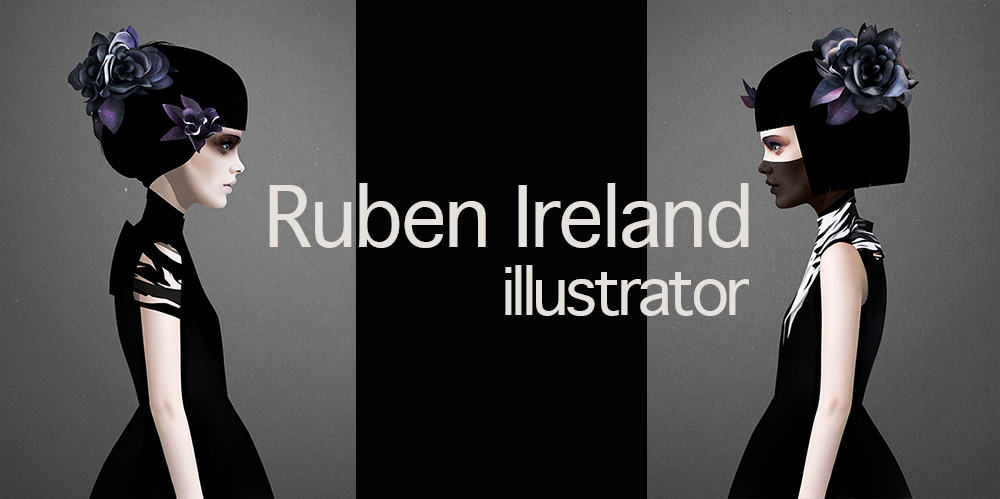

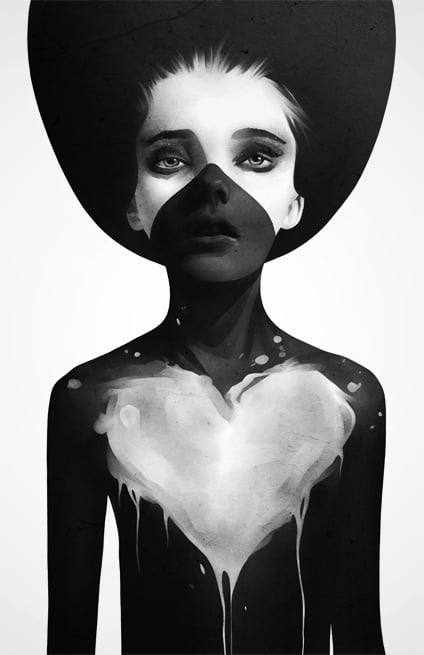
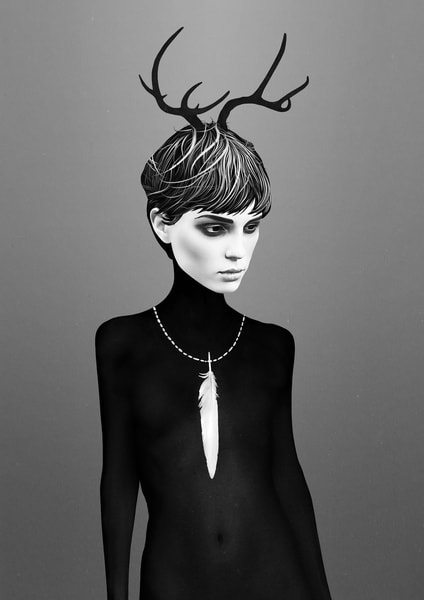
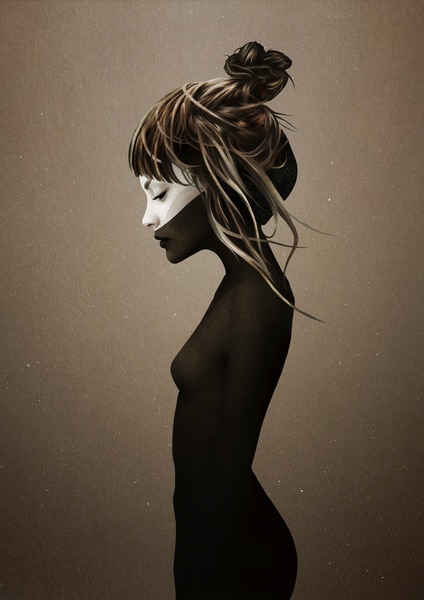
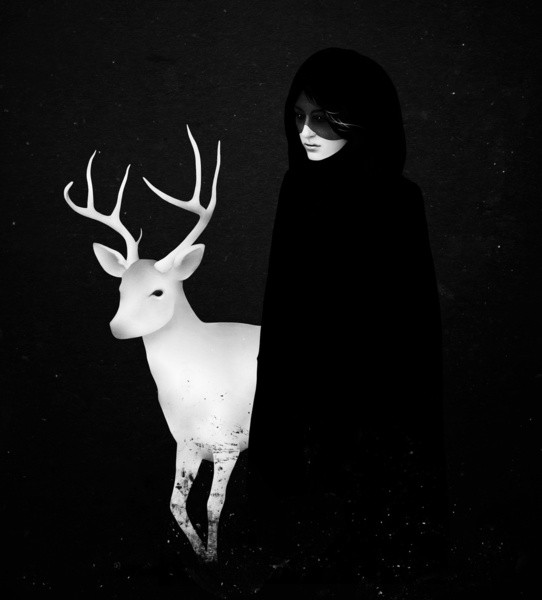

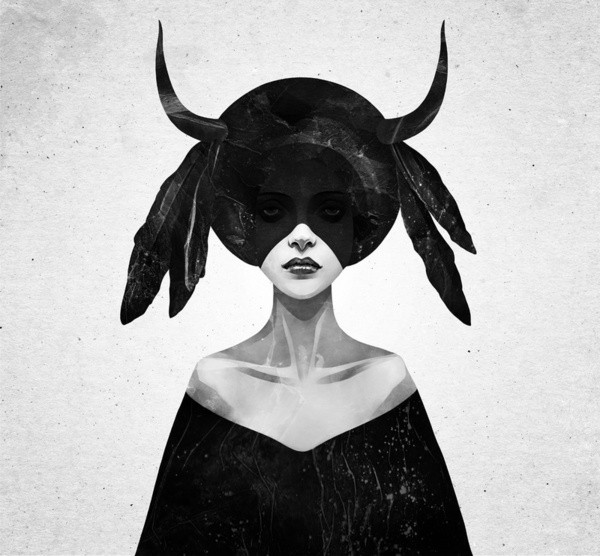
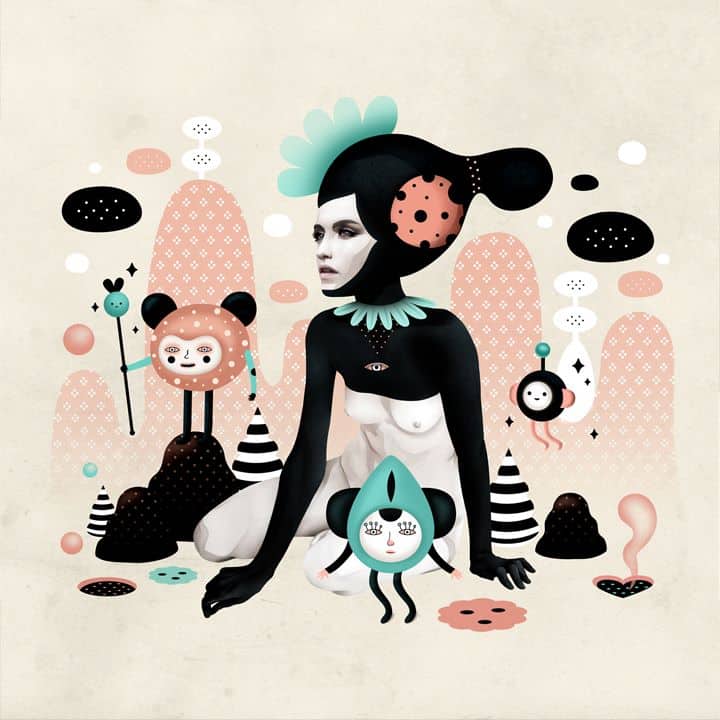
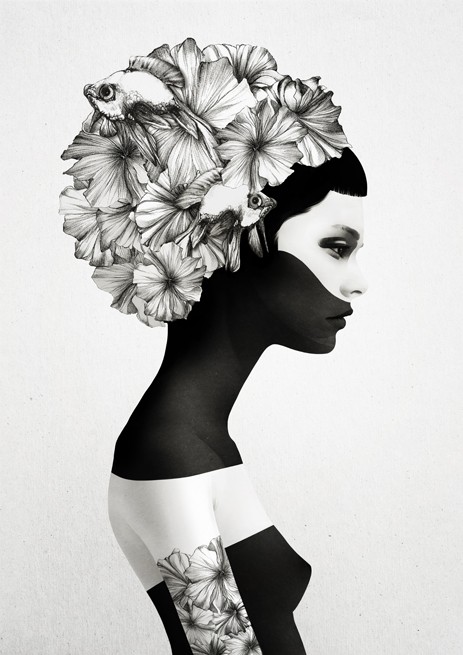
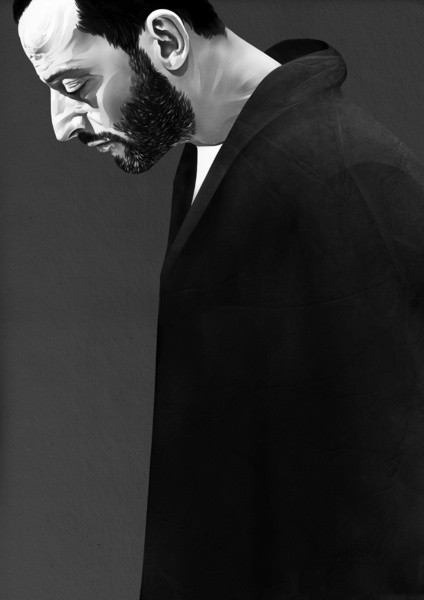
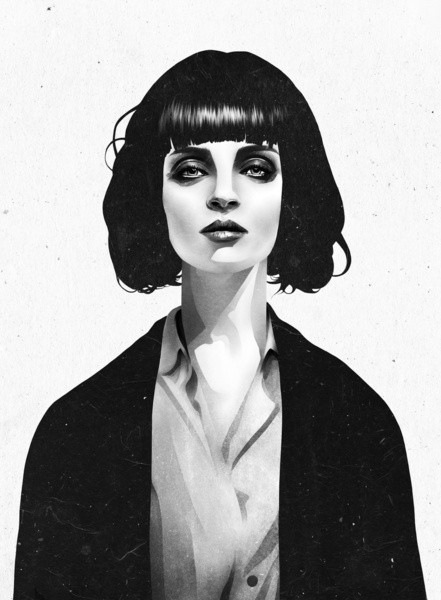
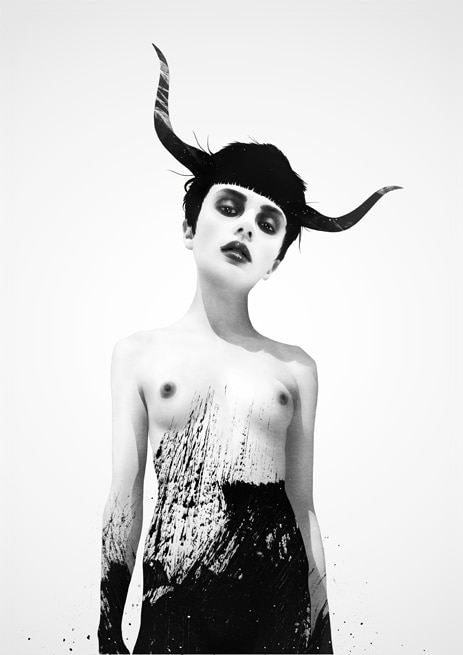
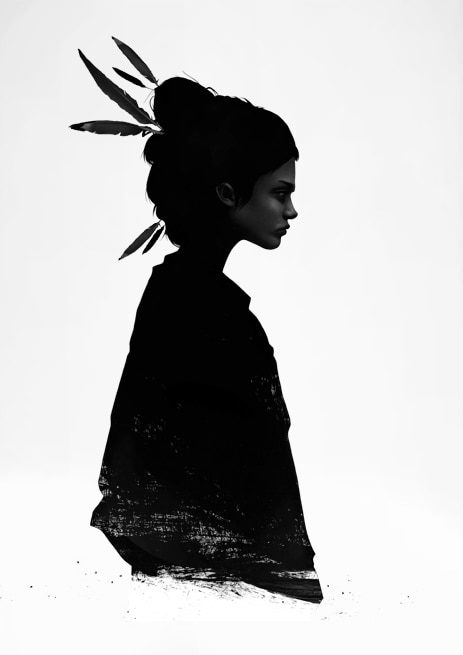
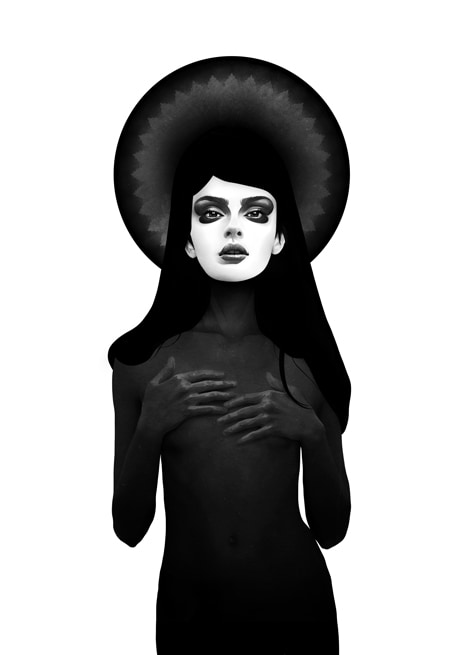
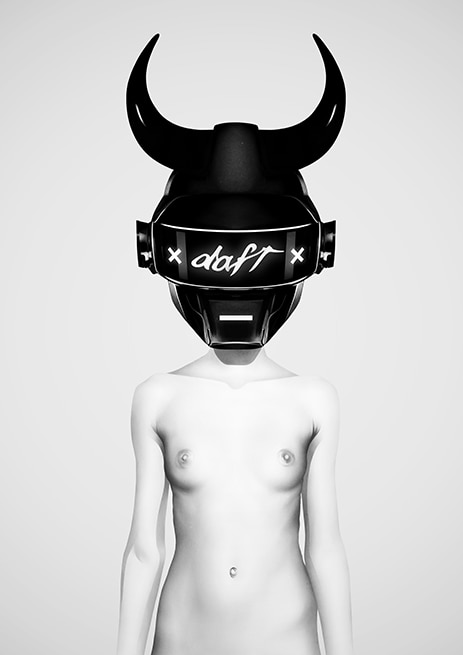
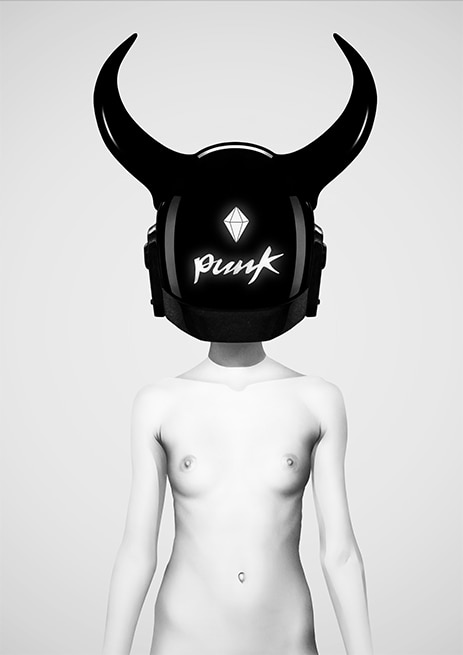

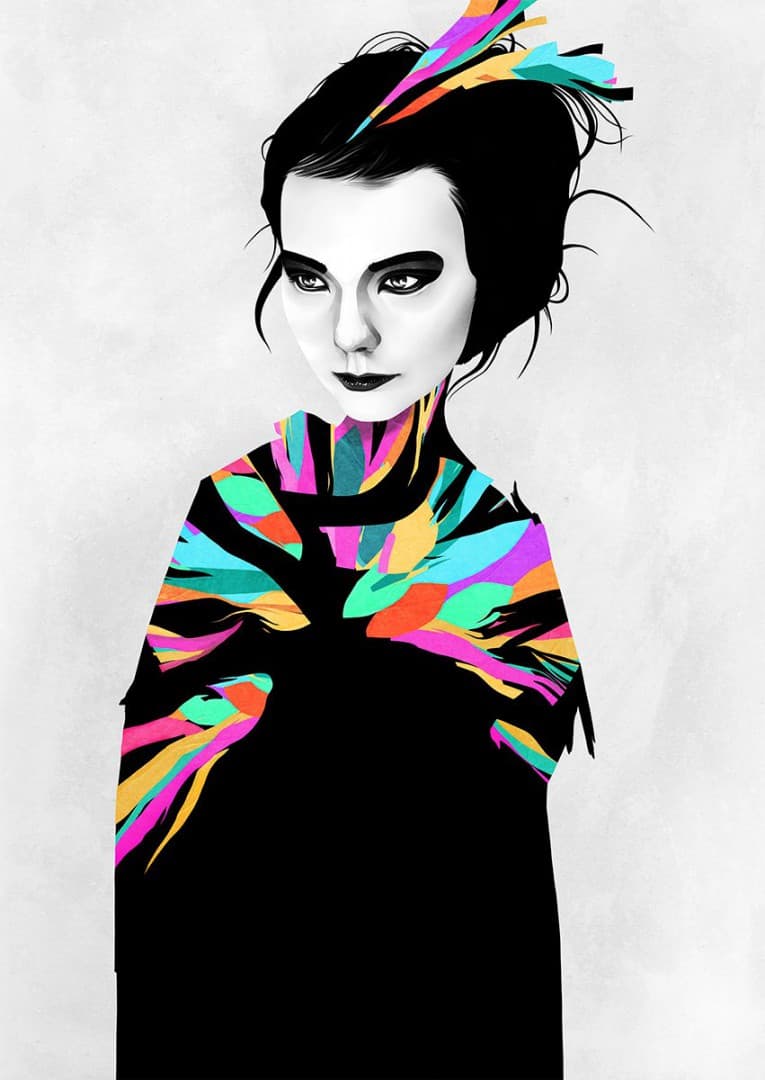
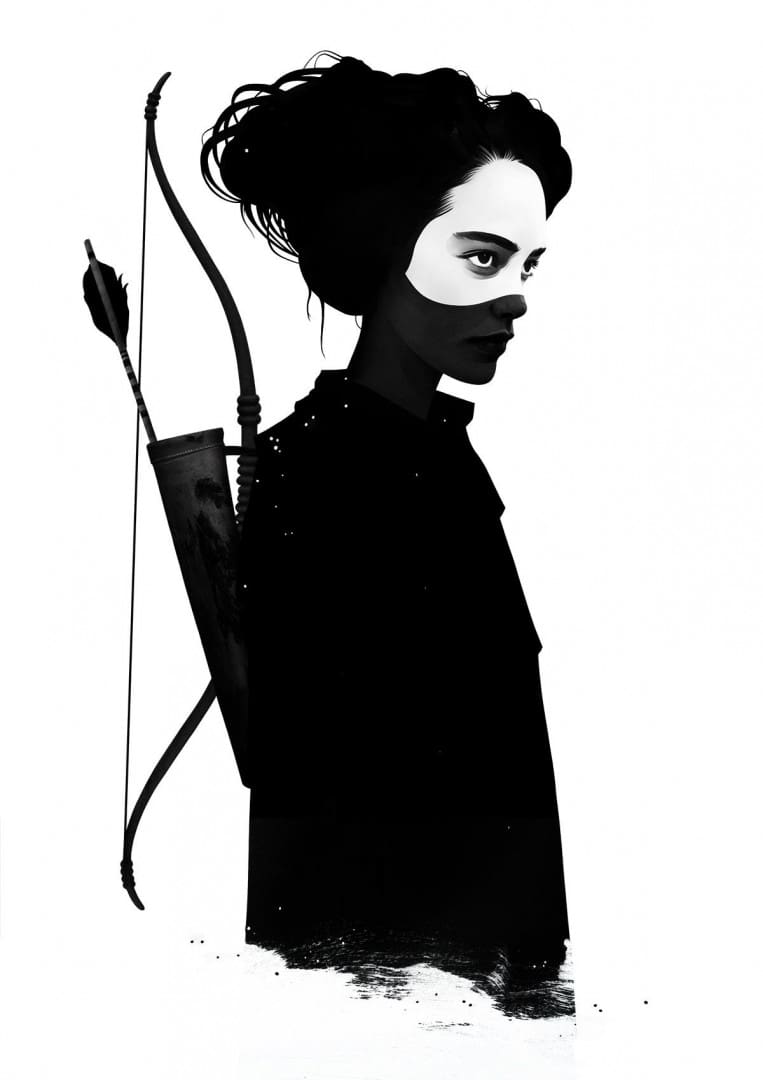

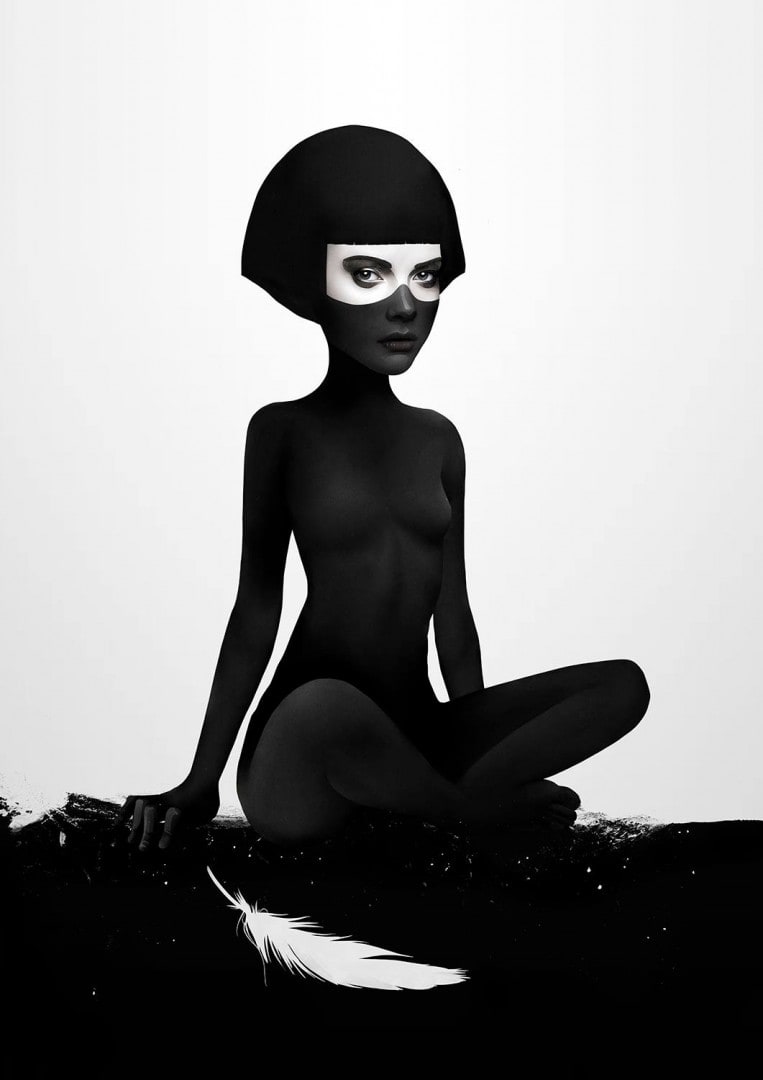
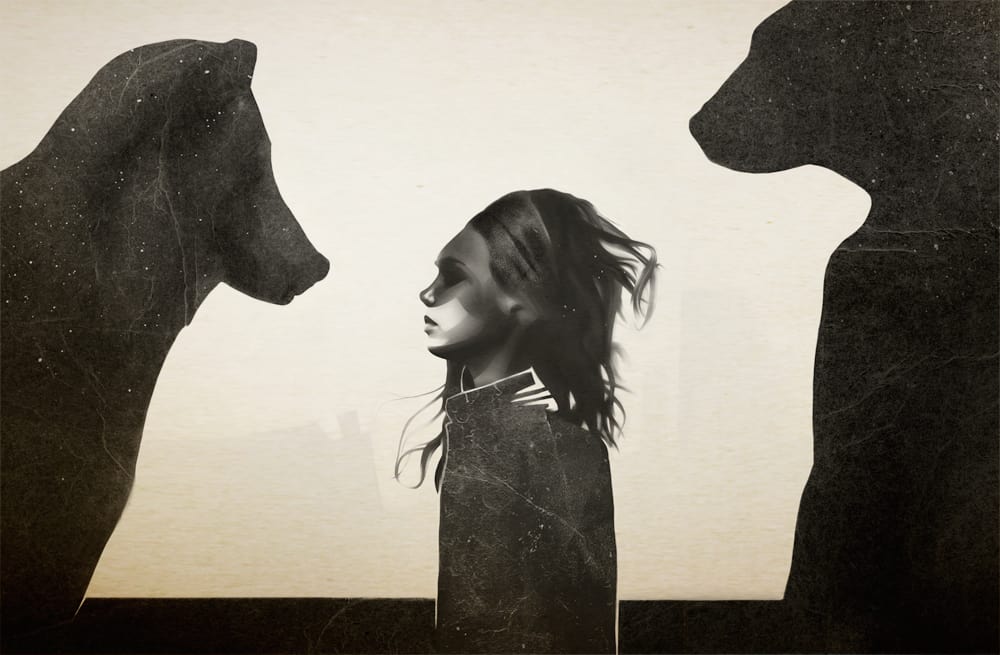
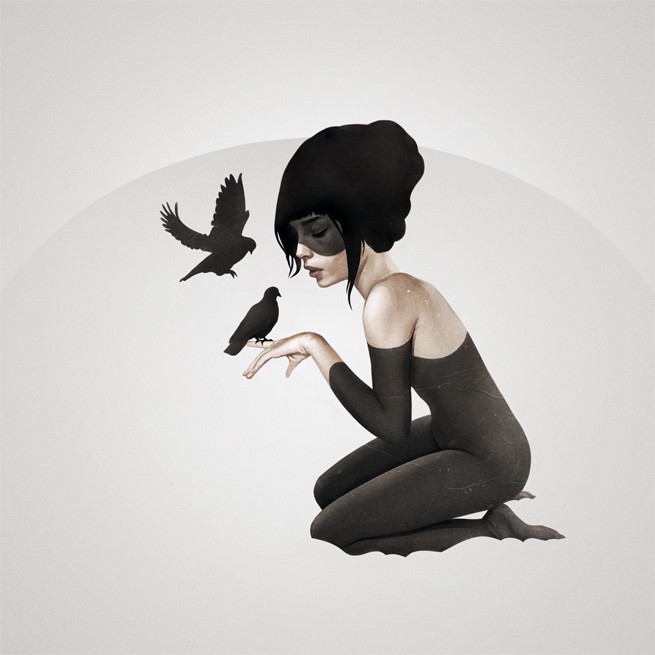
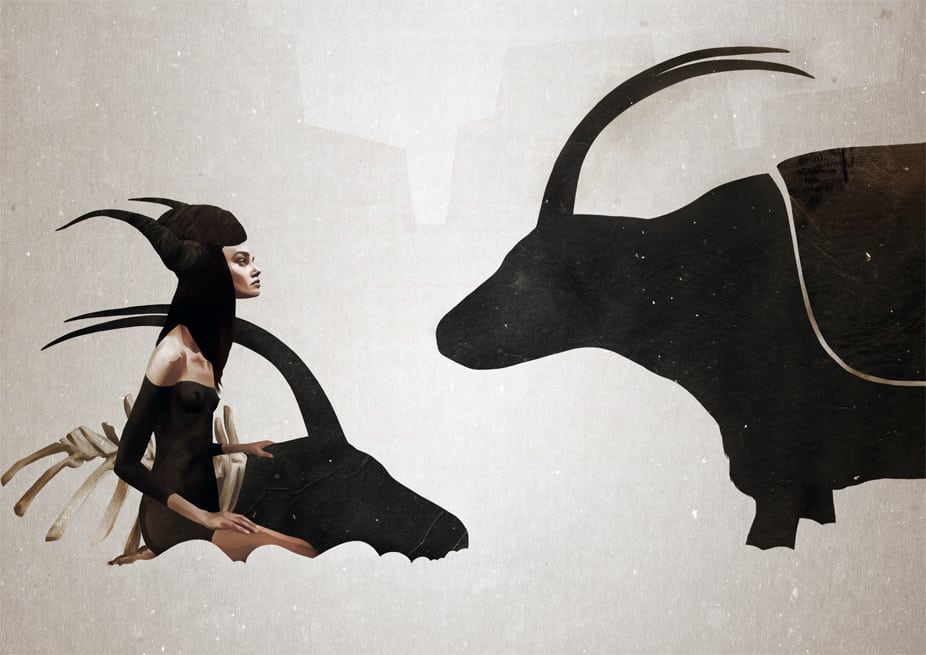
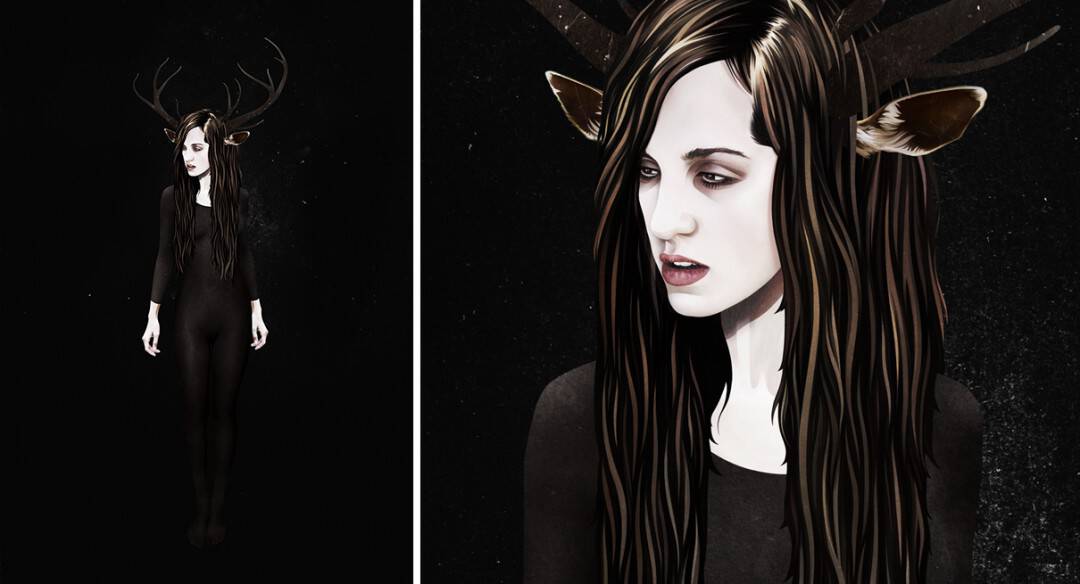

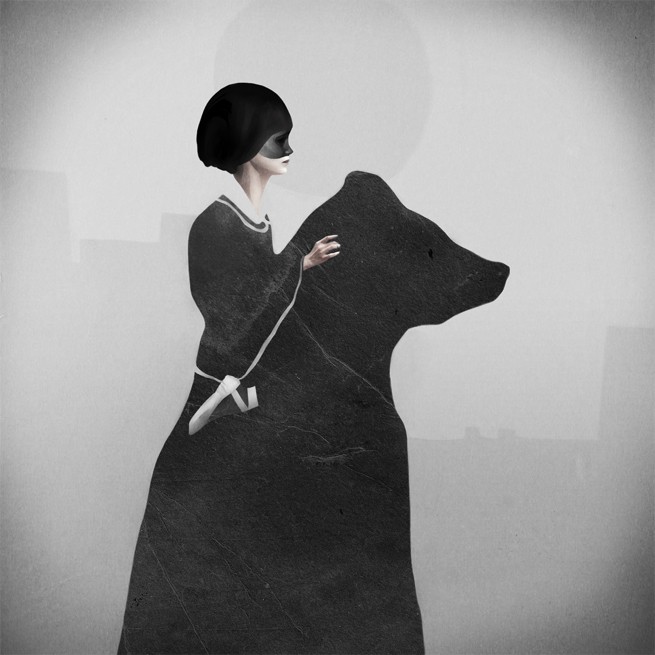
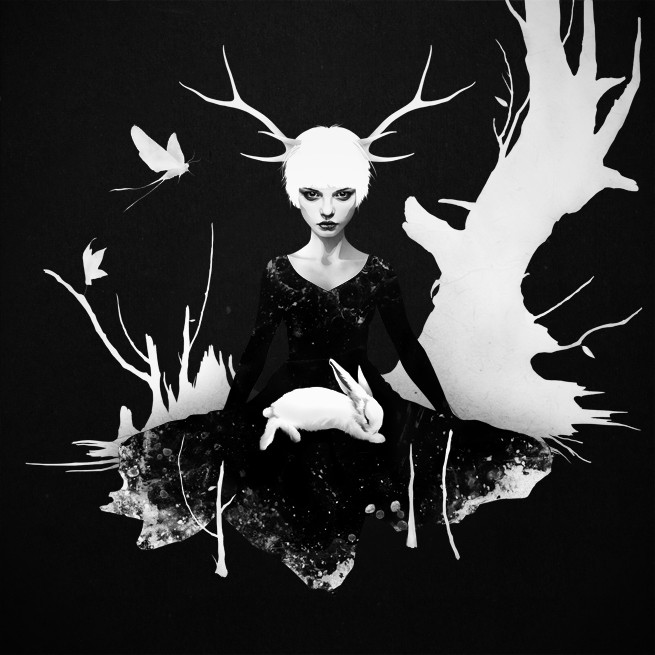
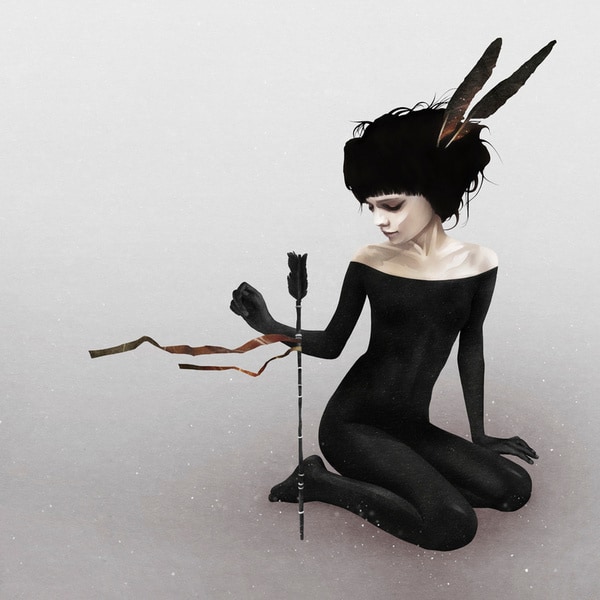

3 thoughts on “Interview: Serene & Stoic, The Art of Ruben Ireland”